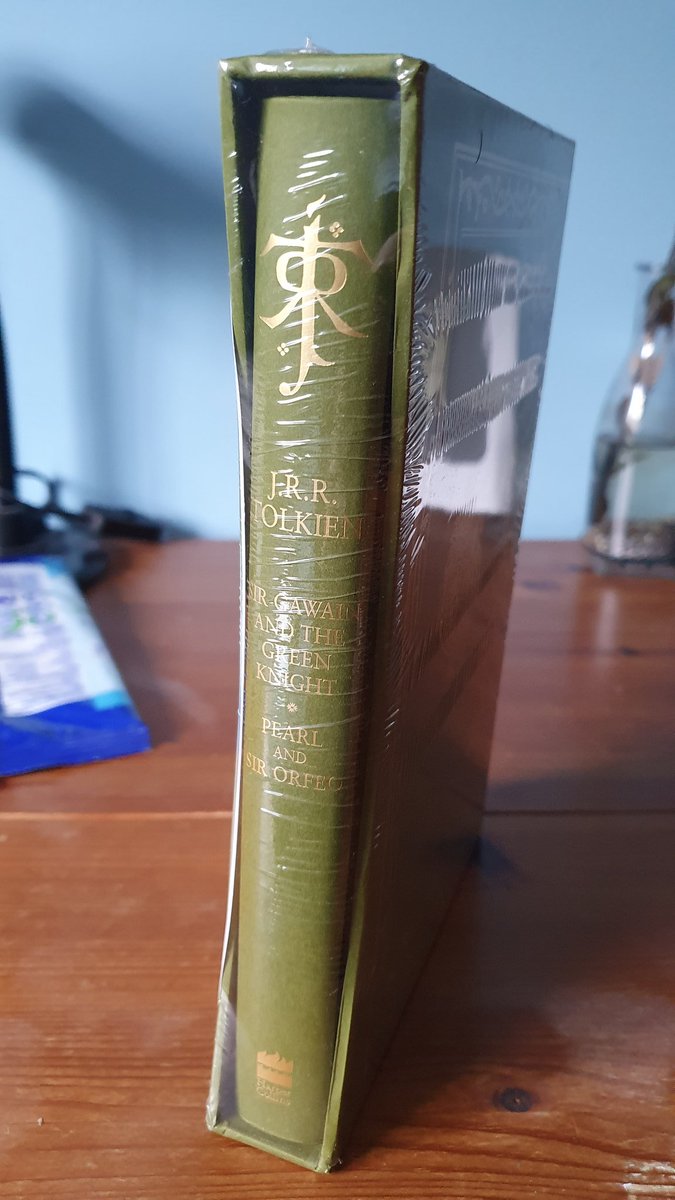

Indeed, the maiden tells our poet that she has become a bride of the Lord (or ‘Lamb’, after his name, Agnes dei, or ‘Lamb of God’), and she has been crowned one of his queens in heaven. Telling him that he should not grieve for her death, the maiden reminds the poet that though the earthly form dies, the spiritual form will be kept alive in heaven, thanks to the Lord. On the other side of the stream by which he stands, he sees a beautiful maiden, dressed in white (a symbol of purity, of course) and wearing pearls – the spirit form of his lost daughter. After he falls asleep, his spirit is transported to a bright and wonderful land. The poem is narrated by the grieving parent of the lost child, who tells the reader of how he lost his pearl in a garden. She is the ‘pearl’ of the poem’s title, and the poet uses this image for her throughout.


Pearl is an elegy for a dead child, a daughter who died at just two years of age. Bateson speculated that the Black Death caused this sudden surge of creativity among English poets: rapid historical change is bound to make everyone from kings to peasants rethink the nature of their society. Composed in the late fourteenth century, Pearl was of the same period in English literary history as Gawain, Chaucer’s poetry, Langland’s Piers Plowman, and Gower’s Confessio Amantis.


 0 kommentar(er)
0 kommentar(er)
